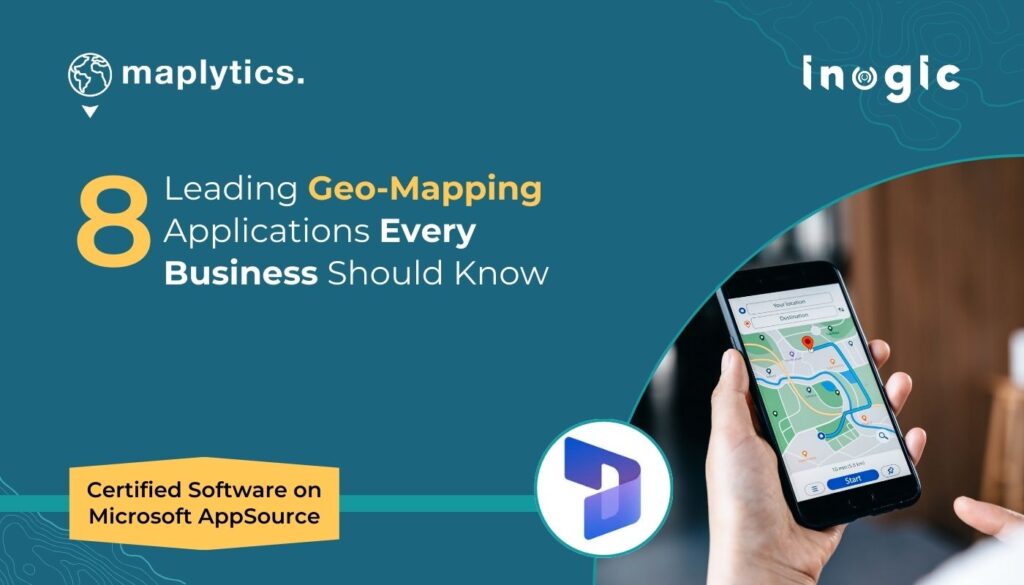Now Reading: Extending Dynamics 365 Business Central to Power Pages
-
01
Extending Dynamics 365 Business Central to Power Pages
Extending Dynamics 365 Business Central to Power Pages

In early November I had the opportunity to present a session Using Power Pages as a gateway to Business Central at the Directions EMEA 2024 conference in Vienna, Austria.
I was pleasantly surprised to see the session was very well attended and there was a lot of interest from Dynamics 365 Business Central professionals and customers eager to learn ways to extend Business Central using the Power Platform.
I decided to create a blog/video to accompany the session that I hope to present again at some events and conferences this year.
Here is the video version of this blog post:
Use cases for Business Central and Power Pages
Microsoft Dynamics 365 Business Central is a mid-market Enterprise Resource Planning application (ERP). ERP applications can handle many core business tasks like accounting, inventory, sales order management and much, much more.
Power Pages is a low-code/no-code platform for building website and web applications that connect direction to business data.
New to Power Pages?
There is a lot of learning content only to get ramped up on Power Pages.
For a quick primer, take a look at short video I did for ESPC: How to Get Started With Power Pages.
For more in-depth learning, you can take a look at my Power Pages in a Day lab walk through.
In our example, we can build a publicly facing web page that can list inventory data such as price and inventory levels to customers. Customers can also login and see the status of their orders as well as other information like invoices.
The ability to extend data from Business Central directly to end customers, vendors and other stakeholders opens up a world of possibilities.
Dataverse Virtual Tables
Dataverse virtual tables has been around for a while and it is the basis to extend other systems to Power Pages like SharePoint Lists and Azure SQL databases. Follow the link to see my post for 2023 on how to set this up.
To recap, Dataverse virtual tables generally act and look like regular Dataverse tables but do have a series of limitations. For integrating to Business Central, we can load a solution to Dataverse that will call REST APIs to read and write data from Business Central. Thankfully, we don’t need to write the plug-ins as Microsoft does provide a solution for this.

Power Pages user authentication
Power Pages users are represented by Dataverse contacts. Whether you register as a new user to a website or are invited, your details will be stored in Dataverse as a contact.
We’ll link this Dataverse contact table to either the Business Central customer table or vendor table, to allow our Business Central customers or vendors to login and only see items directly related (like quotes, orders, or invoices).
Ideally you should use a third party integration provider like Azure AD B2C or Entra External ID for Power Pages authentication.
Connecting Business Central to Dataverse
You can read the steps on how to configure the connection from the Microsoft documentation, or watch my video as I walk through the process.
Essentially, I follow these steps:
- Use the assisted setup guide to connect my Business Central company to a Dataverse environment.
- Install the Business Central virtual table app (This is a model-driven app).
- Assign permissions for app users to allow Power Pages users to access Business Central data (securely).
- Select which Business Central tables to be visible as Dataverse virtual tables (via the model-driven app).
- Link the Dataverse contact table to the Business Central customer table (or vendor table, depending on your use-case).
- Build the synthetic relationships between the Dataverse contact table and the Sales Order virtual table, so that we can configure Power Pages web roles to only allow that customer/vendor to see those orders on a web page.
When the configure is done correctly, you can configure Power Pages using out of the box lists and forms to display items like inventory to unauthenticated users:

Setting up a Power Pages web role based on related contacts, you should be able to only allow items like quotes, orders, or invoices to only be visible to the specific authenticated user. This is all fairly standard Power Pages functionality.

Still in preview?
One thing to consider is that this feature still shows as in preview, which may mean limited support from Microsoft and not necessarily ready for production systems. I have inquiries into Microsoft as to the state of the integration to see when it will be generally available.

ALM considerations
I was exchanging messages with a colleague who noted they were having issues when deploying an Business Central integrated site to a downstream environment. The synthetic relationships between the contact and sales orders tables did not seem to work properly. I will update as I learn more.
Summary
Power Pages is a great platform for building business data enabled websites. The ability to extend Business Central makes Power Pages much more… Powerful! I hope Microsoft continues to invest in this area and brings this feature to general availability!
Nick Doelman is a Microsoft MVP, podcaster, trainer, public speaker, and competitive Powerlifter. Follow Nick on X at @readyxrm or LinkedIN, and for as long as it lasts, Bluesky. Listen or watch the the Power Platform Boost podcast with Nick and co-host Ulrikke Akerbæk every second week for news and updates from the Power Platform community.
Original Post https://readyxrm.blog/2025/01/10/extending-dynamics-365-business-central-to-power-pages/













